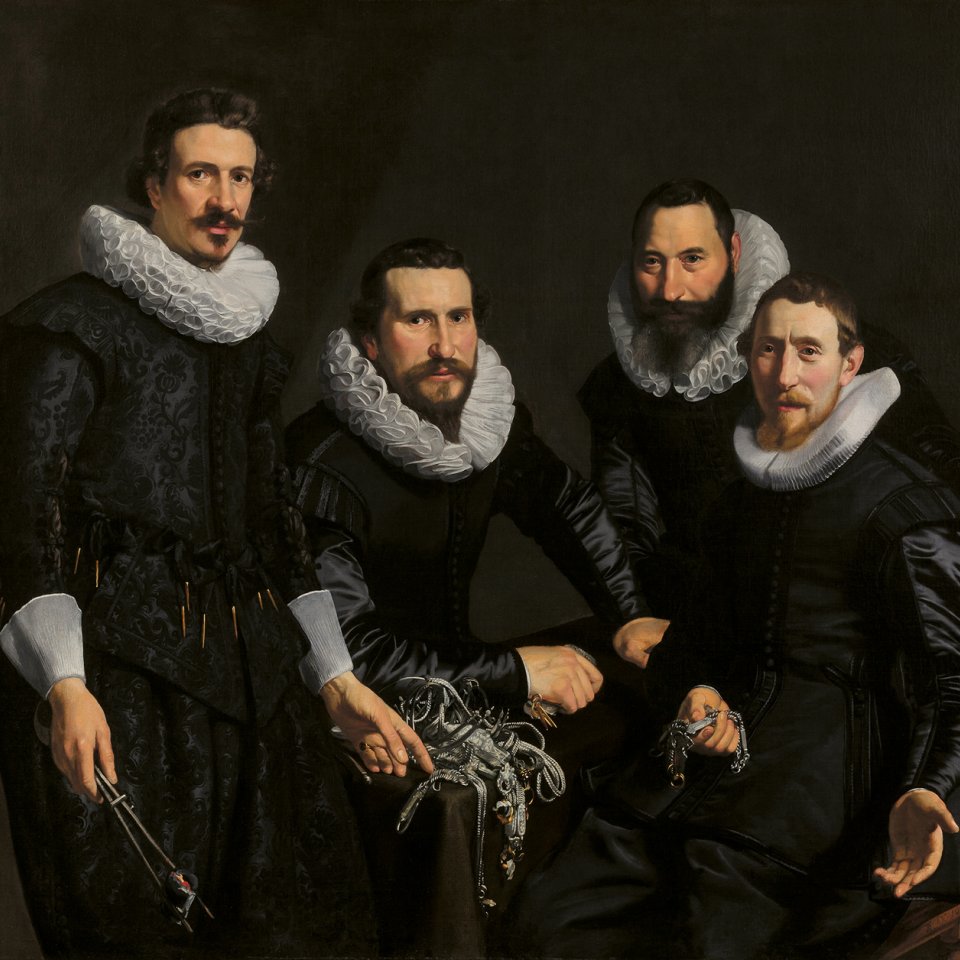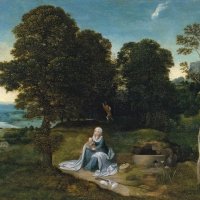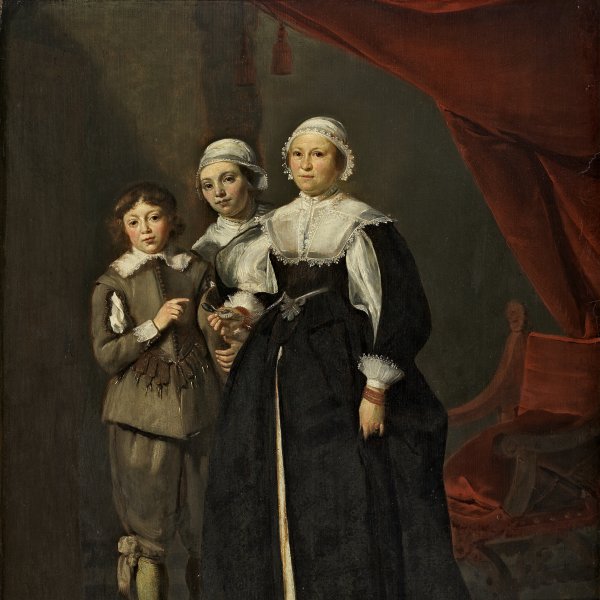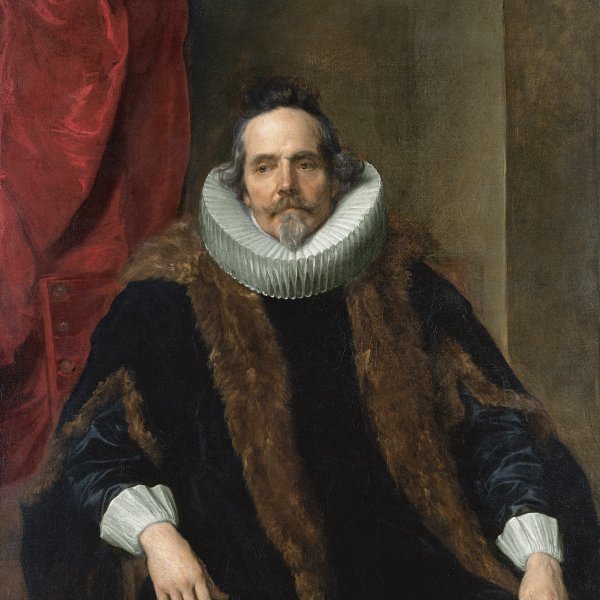Self-portrait wearing a hat and two Chains
Rembrandt is considered one of the greatest masters in the history of painting, as well as a superb and prolific engraver. His distinctive use of chiaroscuro, with strong contrasts between light and shade, and the profoundly dramatic nature of his work, set him apart from other painters. These features are clearly apparent in his self-portraits, such as the one here, which provide a faithful reflection of his changing personal situation, his feelings and his moods throughout his life; almost as though they were a mirror of his soul. Detailed scientific analysis of this panel has confirmed beyond doubt that it is the work of Rembrandt rather than one of his students, and is indeed one of his finest self-portraits.
DD
By the time this painting was acquired for the Thyssen-Bornemisza collection in 1976, Gerso had expressed some doubts about its attribution and the date at which it was executed. His opinions were not unanimously shared by art historians who studied the painting both before and afterwards. The poor state of the canvas with numerous areas of repainting and losses in others undoubtedly contributed to Gerson’s negative opinion. As a result of its condition the painting lacked the sense of volume normally to be expected in works by Rembrandt.
The panel has been the subject of careful technical analysis with the intention of clarifying the issue of attribution. X-rays were taken between 1987 and 1988 and the panel was analysed and studied with infra-red reflectography. Numerous areas of re-painting were detected with alterations that affected key parts of the face such as the nose and eyes, as well as the hat, clothes and background that distorted the original composition. Dendrochronological studies confirmed that the wood dated to the 1630s or early 1640s and a pigment analysis confirmed that the materials and methods used conformed to 17th-century practices. These results proved that the panel was undoubtedly painted in the 17th century, thus resolving some of Gerson’s doubts. In addition, these tests revealed that the panel had been cut down on all four sides.
Having examined the results of these technical analyses, Gaskell decided that the panel was a portrait of Rembrandt by a follower of the artist or executed in his own workshop. His opinion was partly based on the results of the technical analyses as these had shown that there were no pentimenti in the construction of the face but that these were evident in the body. He therefore decided that the panel could have been painted in the 1640s by a member of the workshop or a follower copying a lost prototype and closely adhering to the face of the original but not the body and hat. He also raised doubts about the quality of the handling and the technique in some areas of the face which he considered imprecise and thus not consistent with Rembrandt’s hand.
The dendrochronological tests were repeated in 1994 and confirmed the earlier results. They also revealed that the wood of the panel was the same as that used in four other panels by Rembrandt. Using these results, the Rembrandt Research Project re-examined the data on the painting and published a report stating that there was no reason not to attribute the painting to Rembrandt. The panel was included in the exhibition on self-portraits by the artist in which it was tentatively attributed to Rembrandt, while it was unreservedly attributed to him in the exhibition held at the Rembrandthuis in 2006.
Rembrandt here paints himself bust-length, almost frontally, wearing dark clothes. The white of the shirt and the orange-yellow of the two chains are the only bright notes in his dress. Among the self-portraits by the artist in the 1640s is the one in the National Gallery, London, in which the artist leans his arms and the weight of his body on a parapet with his signature. Another is the etching of 1648 in which he is located beside a window at work. Despite the simplicity of the poses, these self-portraits convey the artist’s state of mind and emotions, making them a veritable “autobiography” in Kenneth Clark’s words.
Mar Borobia
Emotions through art
This artwork is part of a study we conducted to analyze people's emotional responses when observing 125 pieces from the museum.














